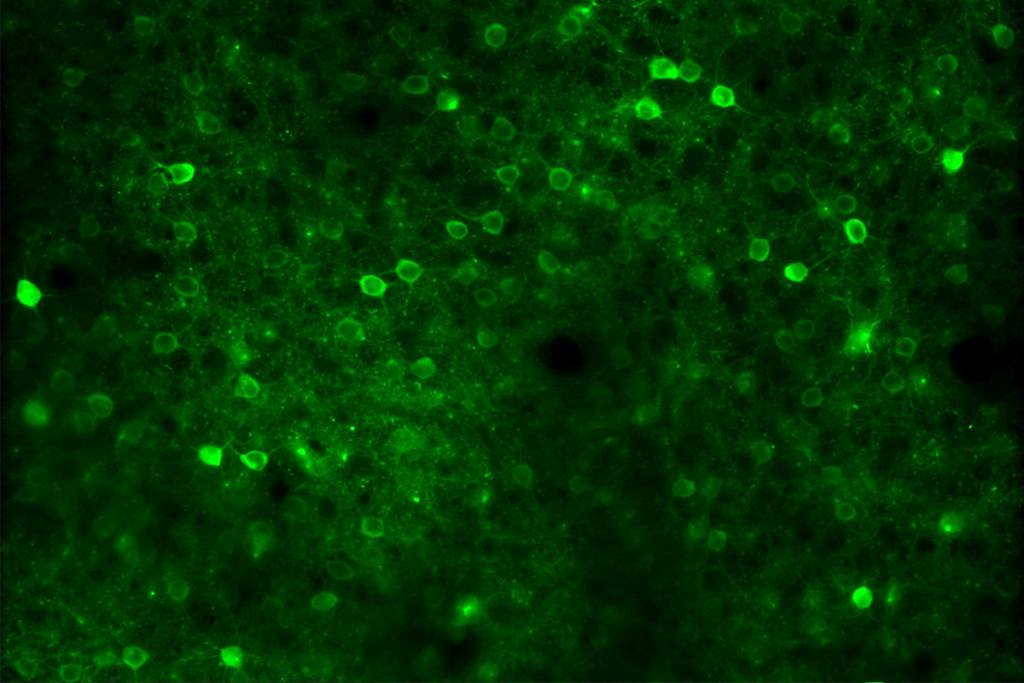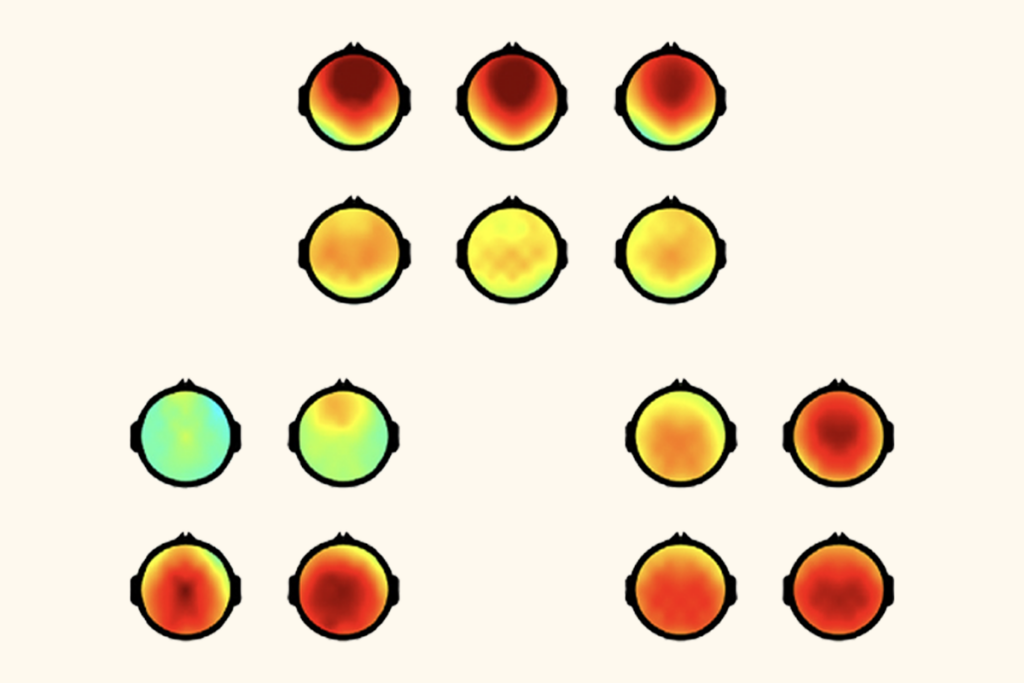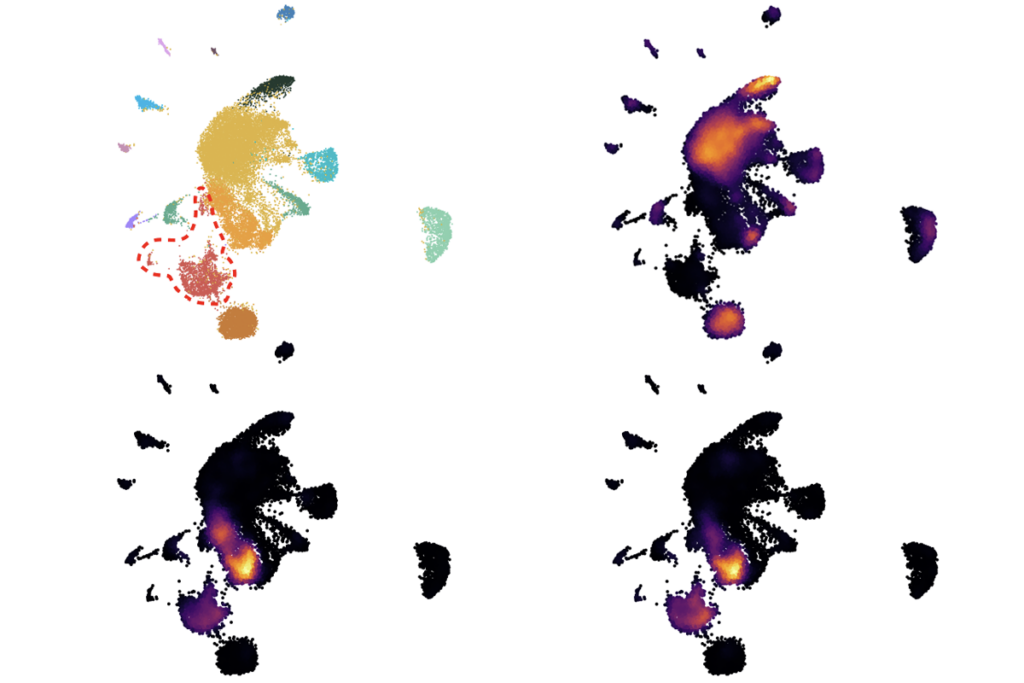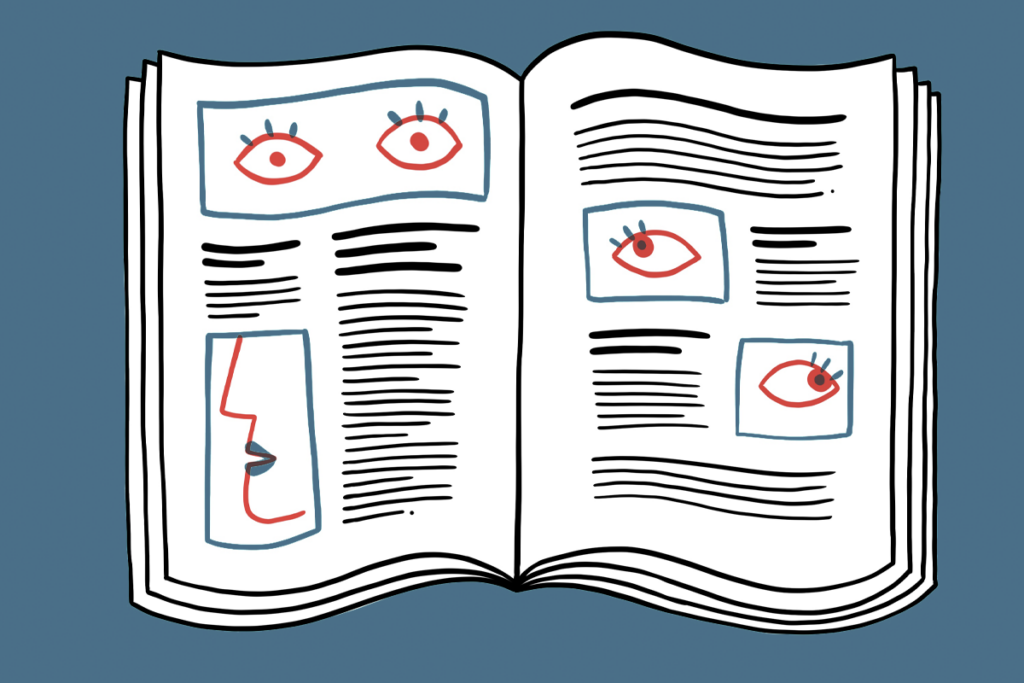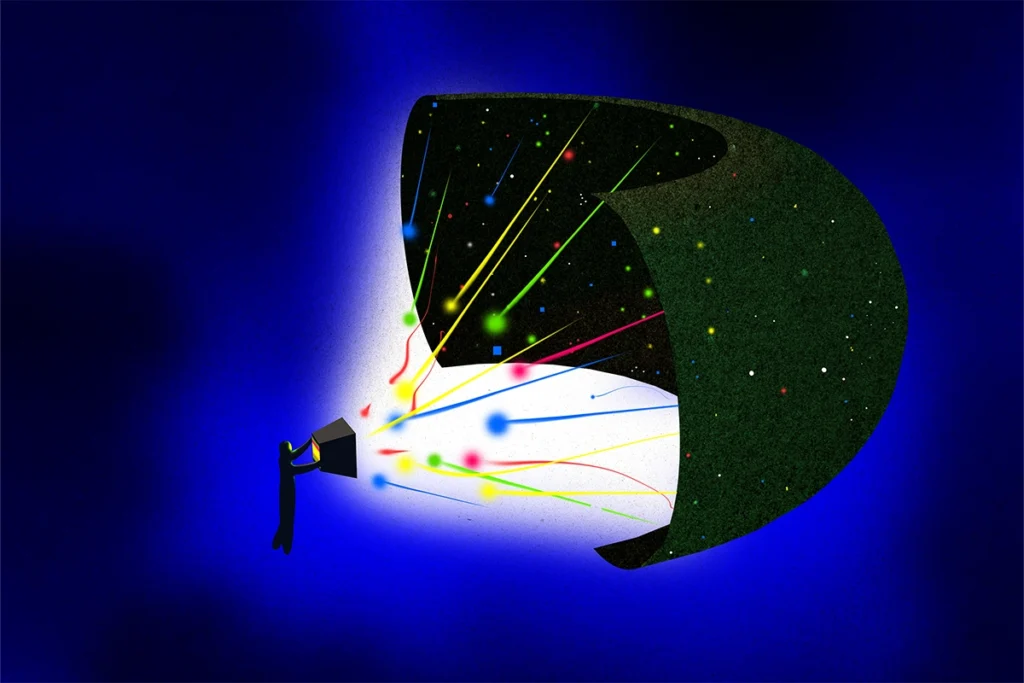The ability to ask questions about the brain often far outpaces the availability of technology that can answer them. That was the case for the learning theory covered in last month’s edition of this newsletter, which was validated more than 20 years after its publication thanks to a mass brain-imaging effort.
It’s true for this month’s highlighted study as well. The work, published in March in Nature Neuroscience, takes advantage of single-neuron recordings and a modern understanding of the brain regions involved in memory to probe a prominent 1995 theory about the brain’s ability to keep memories involving sequences—such as the digits of a phone number—in order. Like many findings highlighted in this newsletter, the new work shows that a null result can be just as informative as a positive one.
“A new model is needed to understand how order memory works,” says Ueli Rutishauser, professor of neuroscience at Cedars-Sinai Medical Center, who reviewed the work for Nature Neuroscience.
Order of events
In 1995, the late neuroscientist John Lisman used a computer model based on brain wave recordings and data from memory tests to propose that the brain keeps track of items in a sequence by firing neurons associated with each item in sequential order. The position in the sequence, the theory went on to say, corresponds to a point along an oscillating wave of brain activity. Neurons associated with the first digit of a phone number, for example, would fire within the first few milliseconds of the wave; neurons associated with the second digit in the next few milliseconds; and so on.
The theory shaped much research on working memory even before it became possible to directly test it by surgically implanting electrodes to record activity from thousands of individual neurons. Working memory was also long thought to be largely the domain of the cortex, an area that, in people, is difficult to monitor via implanted electrodes, Rutishauser says. But as evidence emerged that the hippocampus plays a role, it became possible to test Lisman’s theory there.
To do so, researchers recorded activity from 1,420 neurons in 16 people with epilepsy while they tried to recall the correct order of a set of pictures. Individual neurons fired in response to particular pictures, the team found, confirming part of Lisman’s theory. But they did not follow the sequential order Lisman predicted.
A neural network trained to perform the same task showed the same patterns, the study also shows.
It’s possible that, instead of being determined by a sequence, the firing phase is determined by when in the oscillatory cycle the sequence was learned, says study principal investigator Florian Mormann, professor of cognitive and clinical neurophysiology at Universität Bonn.
“The Lisman model leaves it open as to how stimuli were acquired,” he says. “We are seeing that it seems to be the decisive factor that determines position.”
The results show that phase of firing cannot be ignored when studying working memory, Rutishauser says.

